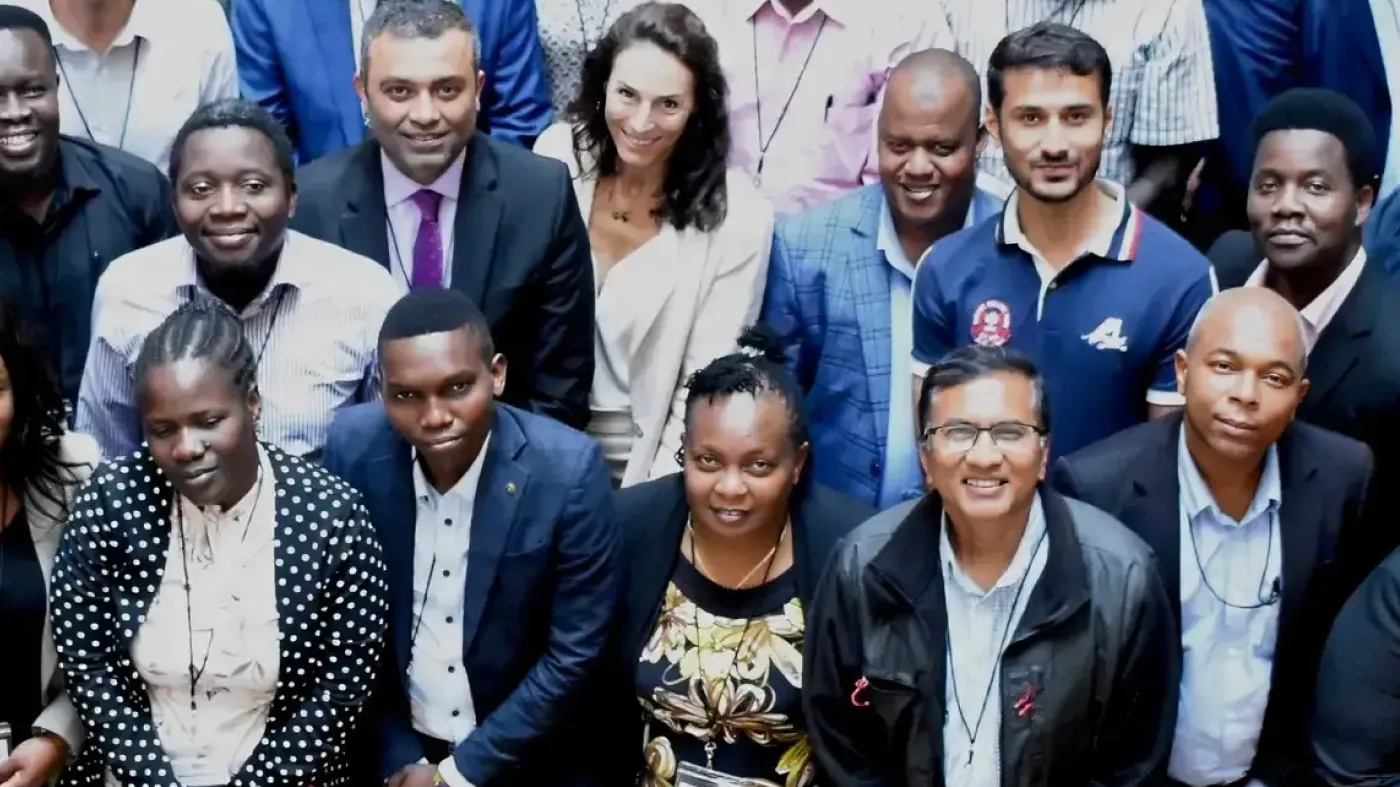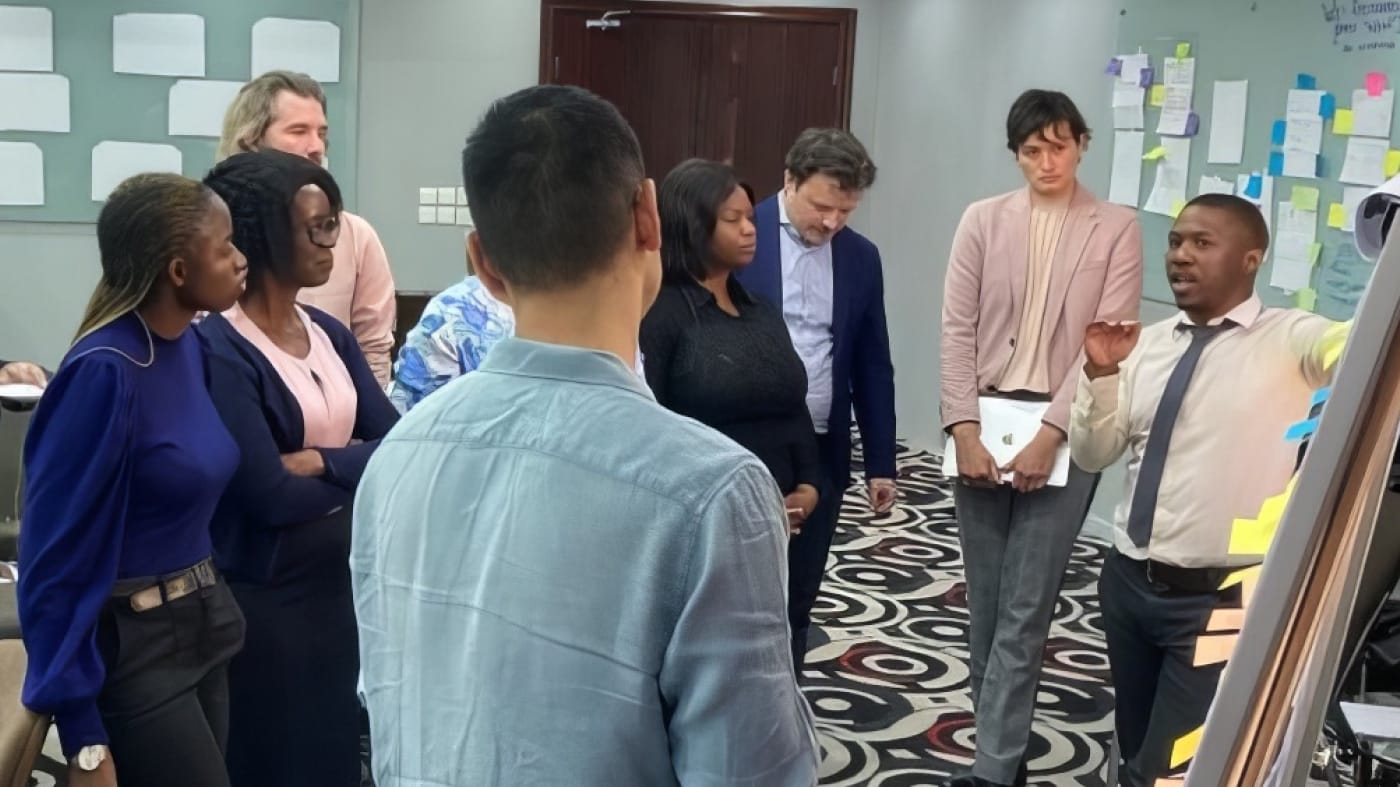Download All Country Data
Across the U.S., the COVID-19 pandemic has exacerbated existing health inequities rooted in structural racism, injustice and systemic barriers. This holds true in Wake County, North Carolina, where Black and Hispanic communities have been disproportionately impacted by COVID-19 — in terms of the number of both cases and deaths attributed to the virus.
Wake County’s Department of Health and Human Services (WCHHS) serves 1.1 million residents, with 1,600 staff members who play a critical role in protecting and improving community health. In 2020, WCHHS developed a strategy to identify COVID-19 testing deserts — areas that lack a testing site within a 10-mile radius — and reach those communities through mobile testing.
In February 2021, WCHHS added a vaccine equity strategy to this model that aimed to ensure underserved communities with health inequities had access to COVID-19 vaccines and were empowered to make informed decisions about getting vaccinated.
As part of its U.S. COVID-19 Response program, Resolve to Save Lives (RTSL) embedded five staff members from a variety of public health backgrounds and wide-ranging experiences into WCHHS. They helped formulate the initiative, support its implementation and promote communication and community engagement activities to move the initiative forward.
Implementing a successful vaccine equity strategy
As a first step, WCHHS officials brought together a variety of stakeholders and community partners to ideate on innovative, evidence-based strategies to reduce health disparities. The health department partnered with more than 50 community-based organizations including churches, historically Black colleges and universities (HBCUs), physicians’ networks and social justice organizations.
“Community outreach and engagement served as the tip of the spear of this vaccine equity initiative,” said Dr. Sutyajeet Soneja, a senior epidemiologist who served as an RTSL technical and policy advisor for the program. “It ensured that historically marginalized and underserved communities experiencing health inequities were heard throughout the initiative, and that they had access to COVID-19 vaccines and the information needed to make informed decisions regarding vaccination.”
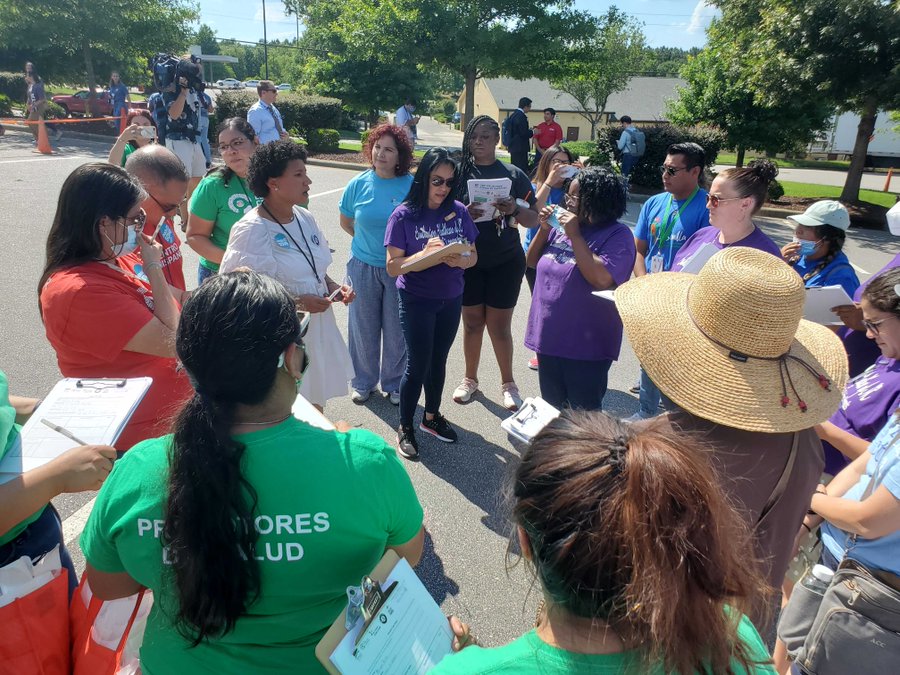
Community engagement activities in Wake County
WCHHS worked with these community-based organizations and strategists to place mobile vaccination sites in census tracts with low COVID-19 vaccination coverage and limited access to health services. The department also worked with community messengers and partners to improve health literacy and bolster trust.
The process of implementing the mobile vaccination sites involved:
- Conducting background data analysis and mapping out all of the census tracts in the county;
- Developing an engagement strategy that leveraged community-based partners and community health workers (CHWs);
- Introducing mobile vaccination sites at high-traffic areas in four census tracts with significant COVID-19-related health disparities;
- Targeting COVID-19 vaccine communications to specific populations based on geographic and demographic factors;
- Reviewing vaccination and survey data every two weeks to inform strategies to measure impact, quickly adapt and improve sites as needed and select new census tracts after two months.
CHWs and partner organizations assisted with vaccination site and household canvassing efforts to increase health literacy among the communities WCHHS sought to reach. Multilingual canvassers tabled the mobile sites and shared information door-to-door to address community members’ questions and concerns about COVID-19 and the available vaccines. On its website, Wake County offered information in the 10 most common languages spoken in the area. Materials shared door-to-door were available in English and Spanish.
Prioritizing four key census tracts
WCHHS tailored support to the communities in greatest need by focusing on key areas with reduced access to health care services, lower vaccination coverage and high rankings on the U.S. Centers for Disease Control and Prevention’s Social Vulnerability Index. To guide implementation of the vaccine equity strategy, WCHHS identified four key census tracts in the county that were experiencing COVID-19-related disparities and provided them with extended support over a three-month period.
This provided ample time for WCHHS to build and promote successful partnerships with community leaders to boost engagement and trust.
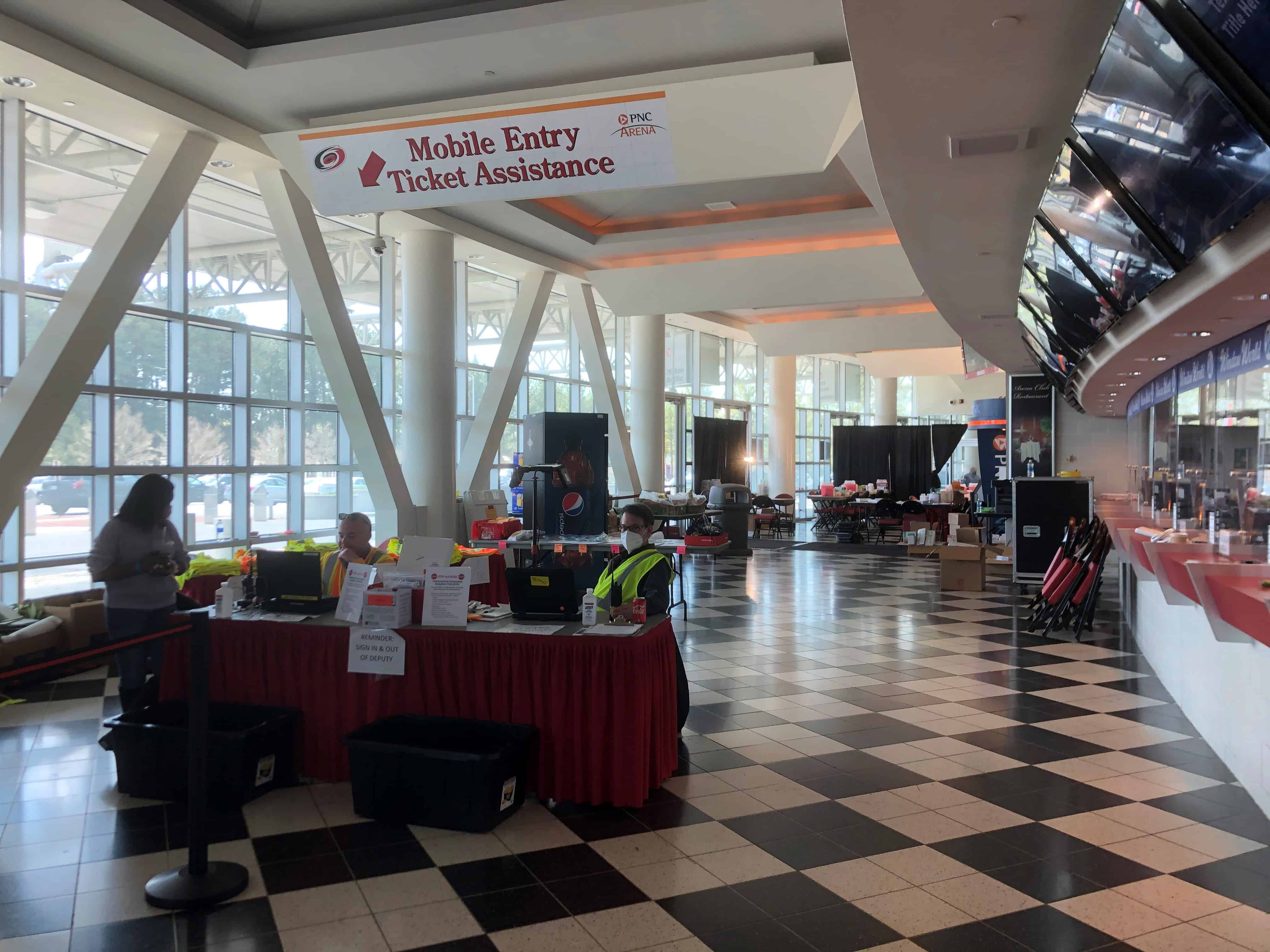
A vaccination site in Wake County
The specific outreach strategies for each census tract were largely based on input from the community leaders and partners. WCHHS leveraged their knowledge and understanding of those experiencing COVID-19-related disparities to guide the placement of mobile vaccination sites in popular, easy-to-access areas, including Hispanic/Latino supermarkets, retail stores, parks, churches and community centers. Community leaders and partners also informed the development of key messages and information resources for the targeted population segments.
“The effectiveness of the census tract strategy relied on an ‘all hands on deck’ approach,” said Dr. Soneja. “We used highly granular data and community outreach, and we adapted our approaches based on survey results to inform all programming decisions and support mobile outreach in a way that was unparalleled.”
Partnering with Resolve to Save Lives
RTSL staff were seconded to different teams within Wake County and worked directly with county counterparts to develop and implement the vaccine equity strategy. Staff supported a range of activities including community outreach, partner engagement, communication campaigns, adaptive learning and the real-time use of data.
Several of the canvassing and door-to-door activities led by the community engagement team were informed by RTSL’s epidemiology and evaluation team members, who joined WCHHS community engagement colleagues in field operations to enhance collaboration across the team.
“By coordinating efforts and actively learning from one another, the embedded staff were able to support multiple facets of the vaccine equity initiative in an adaptive manner that ensured its success and served as a best practice for public health campaigns,” Dr. Soneja said.
Key successes and recommendations for the future
Overall, the vaccine equity strategy achieved its goal of improving COVID-19 vaccine access and uptake among Wake County populations with the greatest health inequities, including Hispanic and Black residents between the ages of 18-54. One of the prioritized census tracts increased vaccinations by 29.7% relative to other non-prioritized tracts in the county. Canvassing efforts and geo-targeted information campaigns were instrumental in building trust between community members and vaccine providers, which led to more people getting vaccinated through word-of-mouth encouragement.
The initiative also built, strengthened and expanded community partnerships that WCHHS may utilize for other initiatives that extend well beyond COVID-19 engagement.
“This initiative demonstrated that, despite limited resources, it is possible to launch a public health campaign that supports vulnerable populations in a way that responds to their needs and is culturally appropriate,” said Dr. Nicole Mushonga, Assistant Physician Director and Epidemiology Program Director for Wake County.
The program was developed for easy replication in future health campaigns, with the long-term goal of ensuring more equitable access to health services in Wake County. Important insights include:
- Food/retail/grocery locations are good sites for repeat walk-up mobile vaccination clinics.
- Parks are best for one-time special event mobile vaccination clinics.
- Places of worship are better sites for scheduled/appointment mobile vaccination clinics than walk-up vaccination sites.
There are several lessons from the vaccine equity strategy that WCHHS and other health departments can apply to future health equity initiatives.
- Coordination can be enhanced between the community engagement, operations, communications, and epidemiology/data teams with regard to health equity planning and analysis.
- Geographic information systems to map health equity can be reinforced by expanding the number of community and county partners who have access to relevant data.
- Specific to the COVID-19 vaccination clinics, more data can be used to determine where to place the mobile ones. Useful data includes COVID-19 case and vaccination coverage rates, location type, mobility information, population/demographic data from the U.S. Census Bureau and neighborhood-level information.
- Communication campaigns should be tailored to address community concerns. Community health workers and engagement officials aid in building more equitable health programs.
The vaccine equity initiative was effective because it brought together cross-functional teams and community partners, was easily and continuously adapted based on real-time feedback, and relied on relationships that were fostered by community engagement. Other health departments can utilize and build upon these strategies to implement successful and culturally appropriate strategies to improve health equity within their populations.
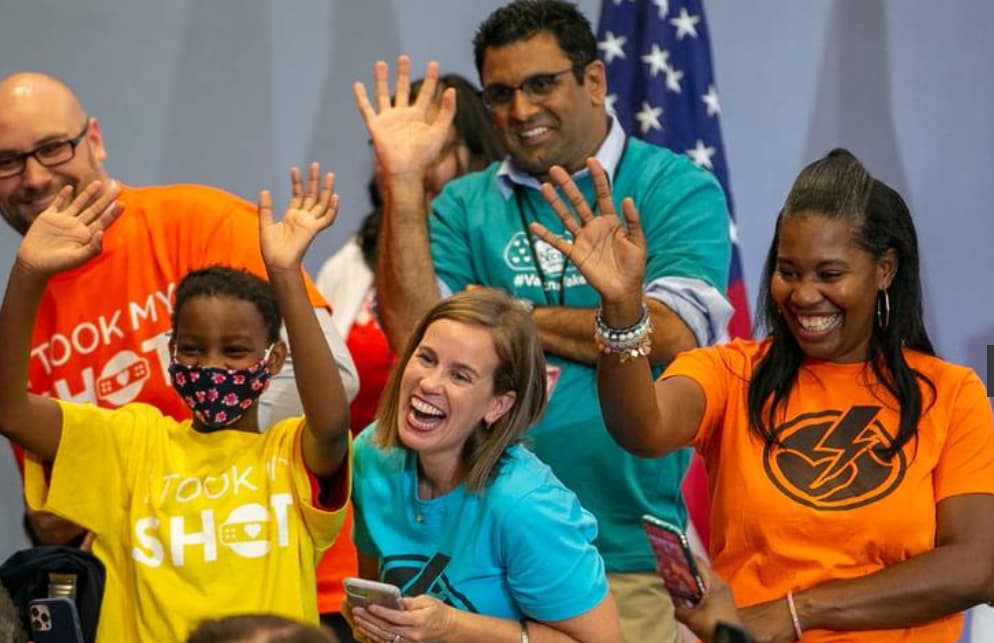
A vaccination event in Wake County




